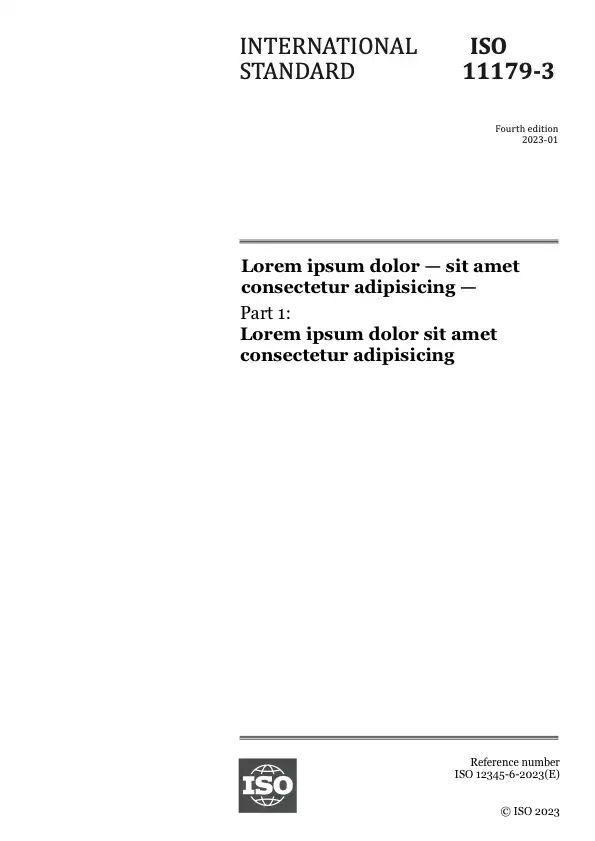Résumé
This document specifies the principles for determining the fracture toughness of plastics in the crack-opening mode (mode I) under defined conditions. Two test methods with cracked specimens are defined, namely three-point-bending tests and compact-specimen tensile tests in order to suit different types of equipment available or different types of material.
The methods are suitable for use with the following range of materials, including their compounds containing short fibres of the length ≤ 7,5 mm:
— rigid and semi-rigid thermoplastic moulding, extrusion and casting materials;
— rigid and semi-rigid thermosetting moulding and casting materials.
In general, short fibre lengths of 0,1 mm to 7,5 mm are known to cause heterogeneity and anisotropy in the crack tip fracture process zone. Therefore, where relevant, Annex B offers some guidelines to extend the application of the same testing procedure, with some reservations, to rigid and semi-rigid thermoplastic or thermosetting plastics containing such short fibres.
Certain restrictions on the linearity of the load-displacement diagram, on the specimen width and on the thickness are imposed to ensure validity (see 6.4) since the scheme used assumes linear elastic behaviour of the cracked material and a state of plane strain at the crack tip. Finally, the crack needs to be sharp enough so that an even sharper crack does not result in significantly lower values of the measured properties.
Prévisualiser
Informations générales
-
État actuel: PubliéeDate de publication: 2018-07Stade: Clôture de l'examen [90.60]
-
Edition: 2
-
Comité technique :ISO/TC 61/SC 2ICS :83.080.01
- RSS mises à jour
Cycle de vie
-
Précédemment
AnnuléeISO 13586:2000
AnnuléeISO 13586:2000/Amd 1:2003
-
Actuellement
PubliéeISO 13586:2018
Les normes ISO sont réexaminées tous les cinq ans
Stade: 90.60 (En cours d'examen)
Vous avez une question?
Consulter notre FAQ
Horaires d’ouverture:
De lundi à vendredi - 09:00-12:00, 14:00-17:00 (UTC+1)
